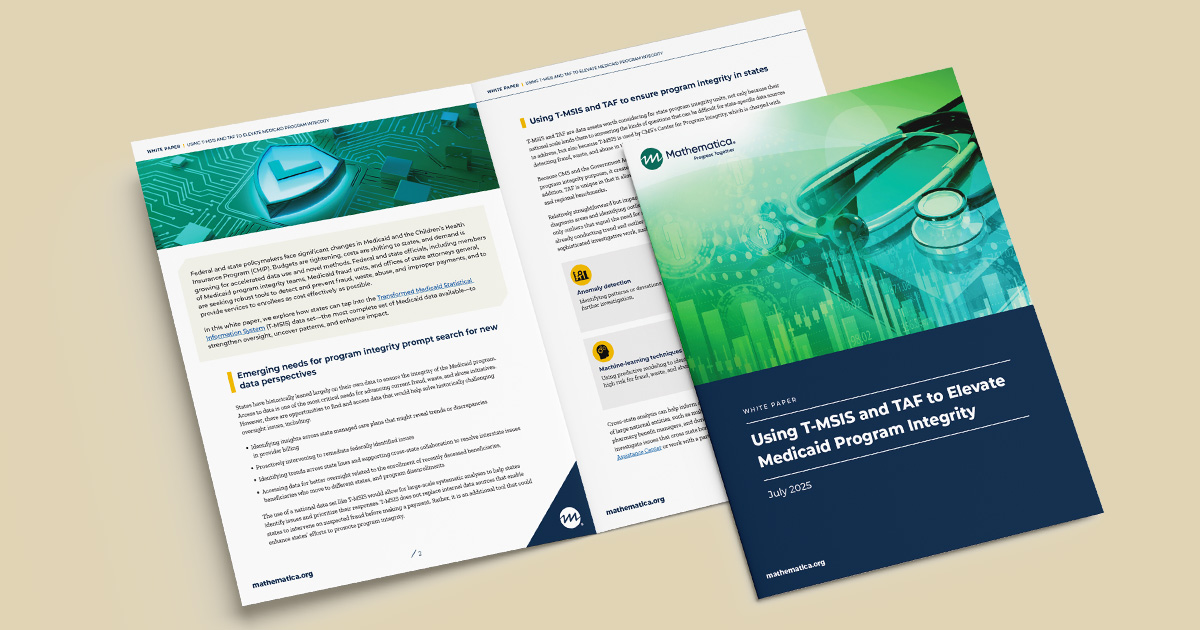Evaluation of the Colorado Health Insurance Affordability Enterprise FY 2022/23
Download
Key Findings
- More people are enrolled in more affordable health coverage than would be without the HIAE.
- More advance premium tax credit–eligible individuals enrolled into coverage when HIAE subsidies were available in 2022 and 2023.
- The OmniSalud program, which provided health insurance for Colorado residents who are not eligible for federal subsidies, was introduced in 2023, and nearly 10,000 qualified individuals enrolled in OmniSalud subsidized plans, which was the maximum amount of enrollment slots available.
- Enrollment of eligible consumers did not vary substantially across geographic regions within the state.
Colorado’s Health Insurance Affordability Enterprise (HIAE), established by the state’s legislature through Senate Bill 20-215 in 2020 and designed to address the affordability of health insurance on the individual market, provides subsidized health insurance for residents not eligible for federal subsidies, in addition to enhancing the subsidies already available to Marketplace enrollees. In particular, it is the first statewide program in the nation to offer subsidized health insurance coverage to people with undocumented immigration status.
This report contains findings from an independent evaluation of the first two open enrollment periods since the HIAE made subsidies available: 2022 and 2023. The goal was to assess the effectiveness of the outreach and enrollment efforts of the Colorado Division of Insurance (DOI), HIAE, and other organizations for people who were eligible for HIAE subsidies and to determine whether the HIAE reduced uninsurance, decreased movement from insured to uninsured status, lowered health insurance costs, and improved the overall stability of the state’s individual health insurance market. To this end, we conducted key informant interviews with state officials, staff at partner organizations, and frontline workers who helped consumers enroll in individual health insurance plans. We also analyzed enrollment and premium data from the first two open enrollment periods since the HIAE subsidies were available as well as health insurance market data.
Efficiency Meets Impact.
That's Progress Together.
To solve their most pressing challenges, organizations turn to Mathematica for deeply integrated expertise. We bring together subject matter and policy experts, data scientists, methodologists, and technologists who work across topics and sectors to help our partners design, improve, and scale evidence-based solutions.
Work With Us
